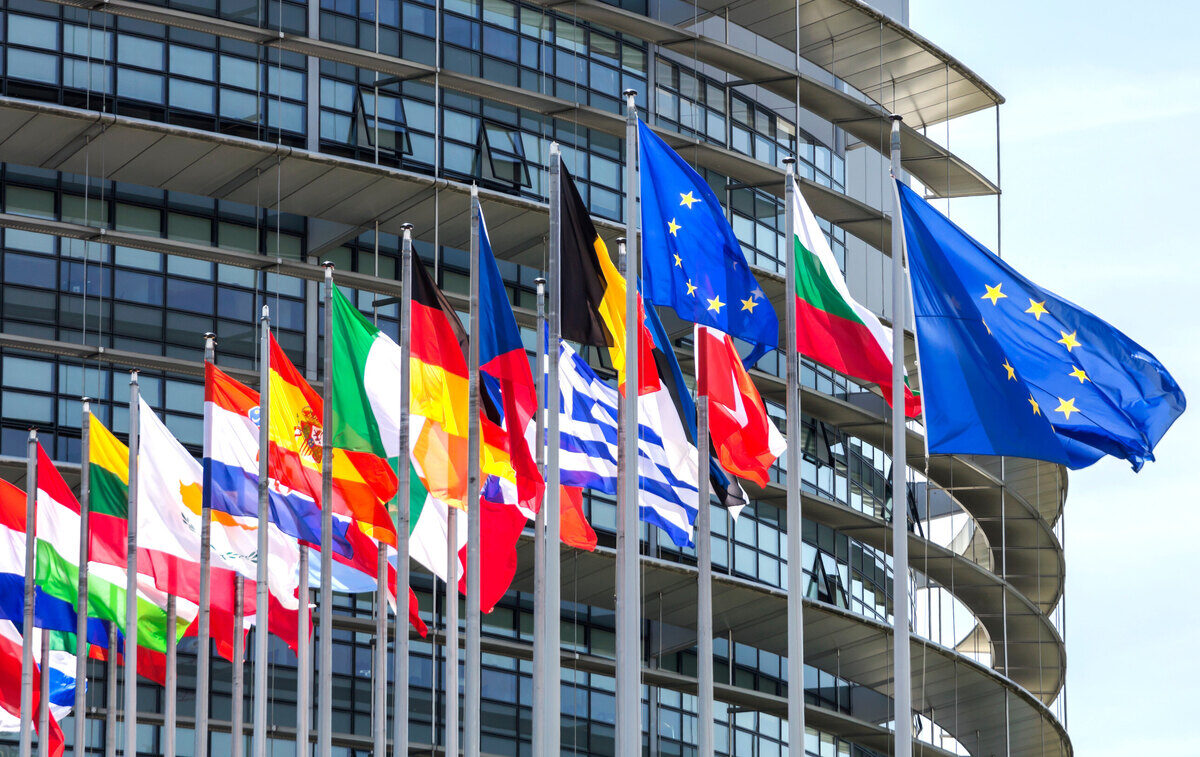Protecting Intellectual Property Rights in the Netherlands and the EU
In the EU, technology and know-how – often the result of research and development (R&D) activities – are mainly protected by patent rights and trade secrets. The importance of both is also acknowledged in the TRIPS Agreement (Trade Related Aspects of Intellectual Property Rights). Patents can be registered to protect new and innovative technologies and provide patent holders with a temporary monopoly to recoup their investments. In principle, after the protection period of 20 years, the patented technology enters the public domain. Trade secrets, by their nature, will remain secret and allow businesses to apply their confidential information and know-how on an exclusive basis for themselves. The EU has adopted the Directive on the Protection of Trade Secrets, which has been implemented into legislation by EU member states. In doing so, owners of trade secrets are granted extensive protection for a long(er) period of time, provided that the trade secrets are actually secret, have commercial value and sufficient measures are in place to maintain the secrecy of the trade secrets.
Other important IP rights relevant for the protection of products and services are trademark rights (for brand names) and copyright (for works such as software and product design). These areas of IP law continue to be a subject of EU harmonization, with effects in all member states, including the Netherlands.
IP Ownership and Cross-Border Transfer of Rights in Europe
IP rights are generally territorial in nature, meaning they only apply within the jurisdiction where they are protected. For example, a European patent, trademark or copyright provides protection within the EU (or specific European countries if the rights are granted through national systems). When exploiting IP rights across borders (e.g., from the U.S. to Europe or vice versa), businesses must ensure that their rights are safeguarded within the respective territories.
A European Patent or EU Trademark can be registered through the European Patent Office (EPO) or the European Union Intellectual Property Office (EUIPO), respectively. It is important that the registration processes are aligned with the business’s global strategy, as obtaining protection in multiple regions requires time, investments and resources.
Transfer of IP rights is subject to different legal requirements as outlined in the law that governs the transfer agreement (which can be agreed upon by the transferring parties). Based on the Dutch Civil Code (DCC), for instance, the transfer of IP rights must meet three conditions: a valid title, a transfer action, and the transferor's authority to dispose of the rights.
- Valid Title: The transfer can occur in exchange for payment, for instance, through a sale.
- Transfer Action: The transfer must be done in writing, typically through a contract. A notarial deed is not required. Although registration of the transfer is not a requirement for the transfer as such, the registration in the relevant IP register (such as for patents or trademarks) is crucial for the transfer to have effect against third parties, as the transfer can only be invoked against third parties once it has been recorded in the register. This requires proper drafting and execution of such a contract.
- Authority to Dispose: The transferor must be the owner of the IP rights and authorized to transfer them. This requires adequate due diligence research on IP ownership.
Licensing and Commercial Exploitation of IP in the EU
The abovementioned IP rights also offer ample opportunities for licensing and royalty contracts. If a U.S. company seeks to exploit its IP in Europe, it may consider licensing and royalty agreements with and through European entities or partnerships. In that case, it’s crucial to address the following in such agreements:
- Licensing terms should be clear about territorial restrictions, royalty payments and the duration of the agreement.
- Ensure compliance with both U.S. and European regulations (e.g., competition law, data protection).
Enforcement and Litigation of Intellectual Property Rights in Europe
Enforcement of IP rights is also harmonized to a great extent within the EU, although legal measures may differ across countries within Europe. While the EU has established mechanisms like the European Court of Justice (ECJ), it is important to be aware of the specific enforcement options available in the country where the infringement occurs in case of enforcement and litigation in the relevant jurisdiction.
Tax Incentives for R&D and IP Development in the Netherlands
The Netherlands offers attractive R&D tax incentives to foster innovation and support businesses investing in research and development. The first important fiscal subsidy is an R&D wage tax credit, the so-called WBSO. This can compensate up to 36% of the qualifying costs for an R&D project (and even 50% in the first three years of application). This benefit is available for a broad range of projects, including software development, product innovation, and process improvements.
A second key incentive for R&D activities is the so-called innovation box, which provides a significantly reduced corporate income tax rate of 9% (instead of the standard rate of 25.8%) on qualifying income derived from IP. Application for this regime requires that a wage tax credit under the aforementioned WBSO was obtained for the development of the underlying IP. Depending on the taxpayer’s worldwide net turnover or profits from IP, additional qualifying conditions may apply, such as the availability of a registered patent or another qualifying entry ticket.
Where the WBSO and innovation box focus primarily on technical innovation, a third incentive is applicable in a broader sense. Dutch tax law allows for IP development costs to be depreciated at once for corporate tax and income tax purposes, a deviation from the standard depreciation rules. This can offer a substantial cash flow benefit for companies engaging in the development of IP.
IP Ownership and Transfer Pricing: Substance over Form Approach
When it comes to ownership and exploitation of IP within a multinational group, it depends on the applied transfer pricing rules in which jurisdiction costs are deductible and profits are taxed. The Netherlands, like the U.S., generally follows the OECD guidance on this matter. As such, legal ownership is not decisive for the entitlement to IP proceeds. Instead, there is a more substance-over-form based approach, under which group companies should receive an arm’s length remuneration for the critical functions that they perform in relation to IP. This includes specific activities related to the development, enhancement, maintenance, protection, and exploitation of intangibles, collectively referred to as the DEMPE functions.
When it comes to setting transfer prices for transactions involving IP or to the valuation of so-called hard-to-value intangibles, the Dutch tax authorities also adhere to the OECD’s transfer pricing guidelines. Therefore, case law from jurisdictions with leading economies clarifying the application of those guidelines can be relevant in a Dutch context. It is for that reason, for instance, that Dutch tax practitioners are closely monitoring the pending U.S. transfer pricing cases, such as the Medtronic case and the Coca Cola case.
Withholding Taxes on Royalty Payments for IP Exploitation
In respect of the exploitation by licensing IP, either within the group or to third parties, it should be noted that royalty payments are, in principle, tax deductible to the payor and taxable for the payee. In addition, two other factors are important to consider with respect to withholding taxes:
- The EU Interest and Royalty Directive, established to further promote EU single market integration, allows for a full exemption of withholding taxes on interest and royalty payments made between associated companies in different EU member states. This reduces the tax burden on cross-border transactions involving IP, facilitating easier and more efficient management of IP assets across the single market.
- In an effort to counter international tax avoidance, since January 1, 2021, the Netherlands has imposed a 25.8% conditional withholding tax on royalty payments to recipients located in a low tax jurisdiction and in certain abusive situations.
Conclusion: Legal and Tax Considerations for IP Strategy in Europe
The successful exploitation of IP rights between the U.S. and Europe requires an understanding of the territorial protection of IP, navigating licensing and enforcement strategies, and addressing tax and other legal considerations. IP contracting and coordination of legal and tax aspects are crucial for protecting and exploiting IP effectively across borders. The Netherlands provides an attractive environment for innovation-driven companies, encouraging investment in cutting-edge technologies and allowing businesses to significantly enhance their R&D capabilities.















